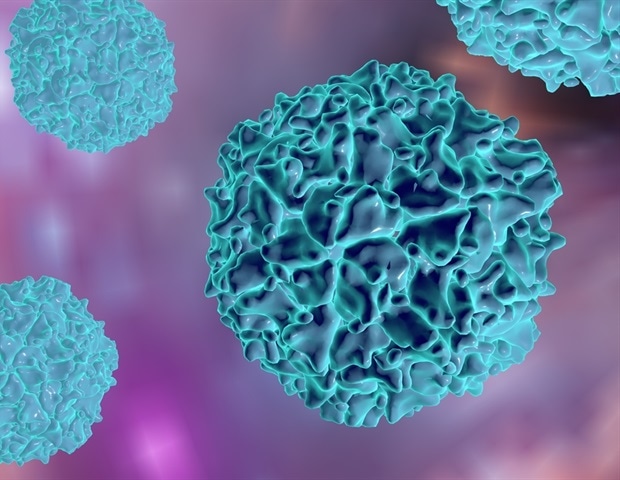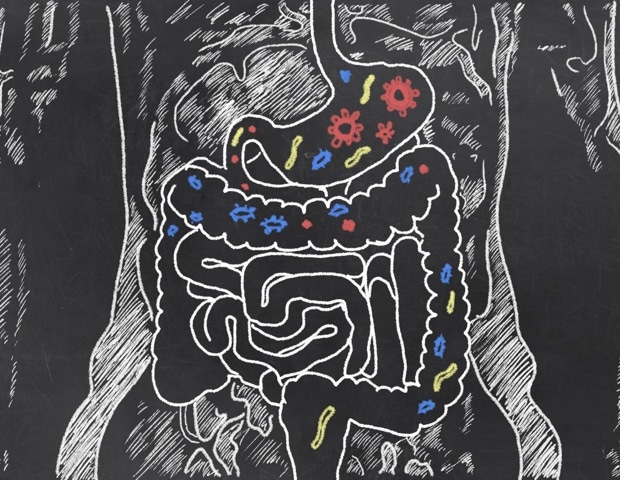NNC2215, a newly developed glucose-sensitive insulin, auto-adjusts its activity based on blood sugar levels, offering improved glycemic control and reducing the risk of hypoglycemia in diabetes patients.
 Study: Glucose-sensitive insulin with attenuation of hypoglycaemia. Image Credit: AYO Production/Shutterstock.com
Study: Glucose-sensitive insulin with attenuation of hypoglycaemia. Image Credit: AYO Production/Shutterstock.com
In a recent study published in Nature, researchers report the design and experimental efficacies of NNC2215, a novel insulin conjugate comprising synthetically added glucose-binding macrocycles and glucosides. Unlike conventional insulin interventions, NNC2215 was engineered to demonstrate glucose-concentration-dependent reversible responsive bioactivity. It is capable of preventing insulin overdoses (and the resultant hypoglycemia) but reduces activity at low blood glucose concentrations and increases activity by up to 3.2 at higher glucose concentrations.
The study validated the safety and efficacy of the novel insulin intervention in both in vitro and in vivo systems. Animal model systems revealed that NNC2215’s glucose-sensitive bioactivity was comparable to conventional insulin therapies without the risk of hypoglycemia.
These findings may usher in a new era in diabetes treatment without the need for constant blood glucose monitoring, and insulin dosage comprises the foremost shortcomings of present therapies.
Background
Diabetes is a common and chronic condition characterized by the body’s inability to maintain glucose homeostasis through intrinsic insulin production or modulation. Conventional diabetes treatment approaches involve using externally administered insulin to compensate for physiological inadequacies.
Unfortunately, excessive insulin consumption can lead to hypoglycemia (blood glucose < 3.9 mM concentration), an uncomfortable and often medically serious condition.
Routine diabetes treatment requires constant glucose level monitoring and subsequent user-determined alterations to insulin dosages. Given the dangers of hypoglycemia, diabetes patients frequently consume conservative insulin dosages (especially at nighttime, when the risks of hypoglycemia are exacerbated), resulting in suboptimal glucose control.
Self-regulating synthetic insulin, capable of altering its bioactivity in dynamically changing glucose concentrations, has been proposed as a safer alternative to conventional diabetes interventions. Unfortunately, clinically validated examples of this remain elusive.
About the study
This study improves on previous insulin treatments for diabetes by developing a new insulin conjugate called "NNC2215." The safety and effectiveness of NNC2215 were tested using human cell lines in the lab and animal models, including mice and pigs.
NNC2215 was created by modifying human insulin at specific regions: the B29 region (macrocycle) and the B1 region (glucoside). The glucose-binding ability of the macrocycle was tested using calorimetry, and the entire conjugate's affinity for glucose was measured with mass spectrometry. Before its synthesis, the 3D structure of NNC2215 was predicted using computer modeling.
The performance of NNC2215 was evaluated through various lab tests (measuring glucose affinity, phosphorylation, and fat production) and animal studies (glucose regulation in rats and pigs, as well as pharmacokinetic/pharmacodynamic testing). In the lab, tests were conducted using genetically modified hamster kidney cells, while animal tests were done on male Sprague-Dawley rats and female pigs.
Study findings
Mass spectrometry tests of NNC2215's glucose-binding ability showed that its strongest binding occurred at glucose concentrations below 4 mM. It displayed binding affinity between 0 and 20 mM, which aligns with the glucose levels typically seen in diabetes patients (3.9 mM to 30 mM). This highlights NNC2215's optimal sensitivity range and shows it outperforms previous "glucose-sensitive switches."
In animal models, NNC2215 dynamically adjusted insulin release based on the glucose levels in rats' blood. In pig models, it also demonstrated a protective effect against hypoglycemia.
Additionally, NNC2215 could compensate for up to 30% of additional human insulin when lower doses of NNC2215 were administered, ensuring reliable and effective glucose control. This could enable smaller, more frequent insulin doses, improving diabetes management without the risk of triggering hypoglycemia.
Notably, in diabetic-like pig models, NNC2215’s glucose-sensitive insulin response resulted in less severe drops in blood sugar compared to insulin degludec. After stopping a glucose infusion, NNC2215 maintained an average blood sugar level of around 4.5 mM, while insulin degludec dropped levels below 3 mM.
These findings suggest that NNC2215 could lead to a new generation of "smart" insulin therapies that improve diabetes outcomes while minimizing the risk of hypoglycemia and other side effects.
Conclusions
The present study describes the synthesis and clinical evaluation of NNC2215, a novel anti-diabetes insulin conjugate designed to self-modulate its glucose-binding affinity in response to ambient blood glucose concentrations.
NNC2215 and similar future insulin conjugates can dynamically alter their glucose homeostasis properties, increasing bioactivity during high blood glucose concentrations and reducing it when glucose concentrations are low.
Notably, NNC2215 was observed to outperform conventional diabetes-treating insulin injections without the risk of its most alarming side effect – hypoglycemia.
“…insulin conjugates with properties such as NNC2215 hold promise for improving treatment of diabetes by potentially lowering the risk of hypoglycaemia and partly covering the need for fast-acting insulin at mealtime. The combination of these two features should allow for more aggressive insulin titration compared to current insulin therapies to achieve normal glucose levels without increasing the risk of hypoglycaemia. This could improve both the short-term and long-term risks and complications associated with diabetes.”
Journal reference:
-
Hoeg-Jensen, T., Kruse, T., Brand, C.L. et al. (2024) Glucose-sensitive insulin with attenuation of hypoglycaemia. Nature. doi:10.1038/s41586-024-08042-3. https://www.nature.com/articles/s41586-024-08042-3

 5 days ago
14
5 days ago
14















.png)

.png)
.png)
.png)












 English (US) ·
English (US) ·  Hindi (IN) ·
Hindi (IN) ·